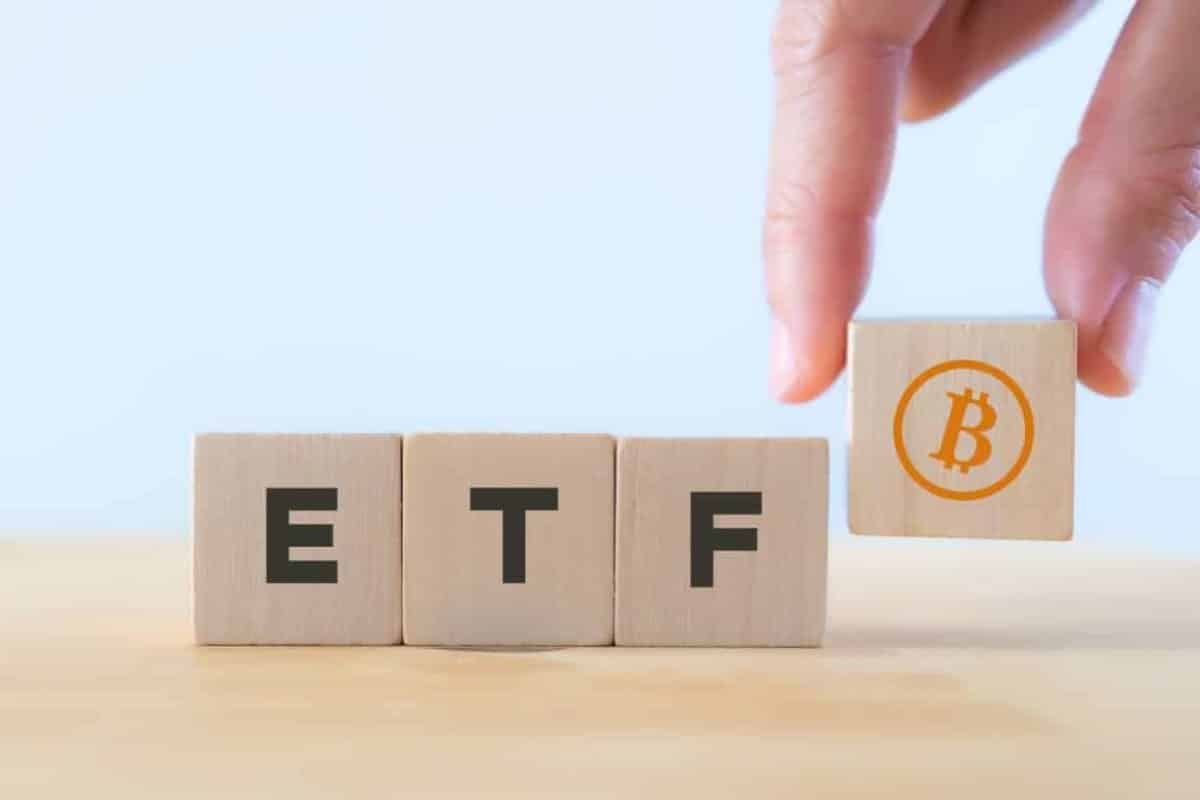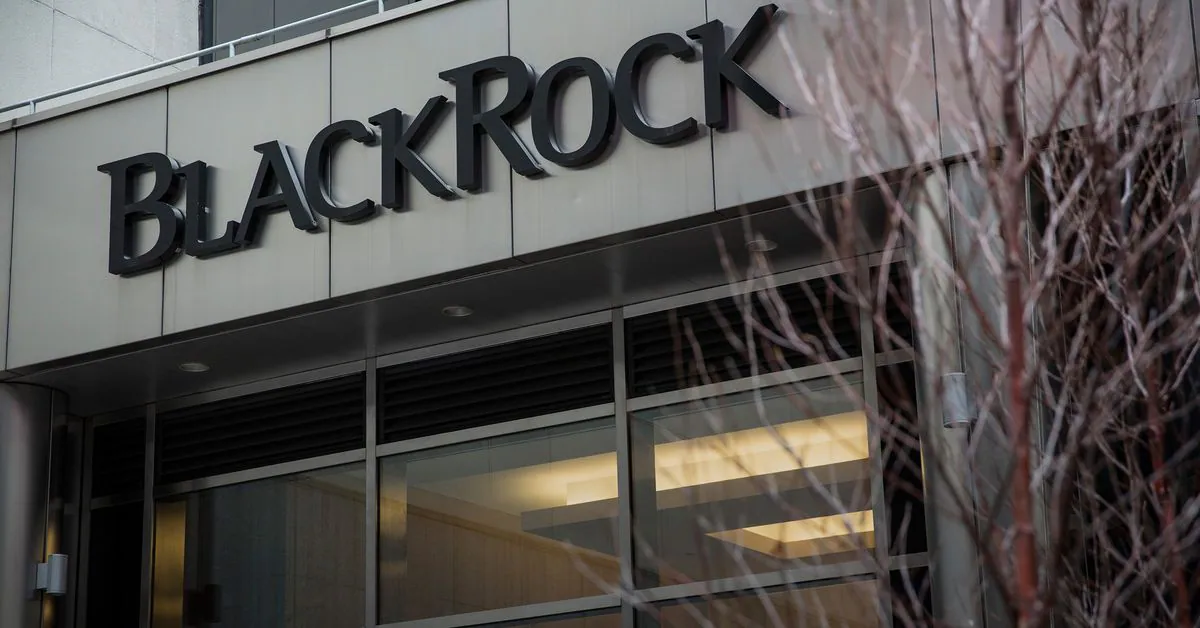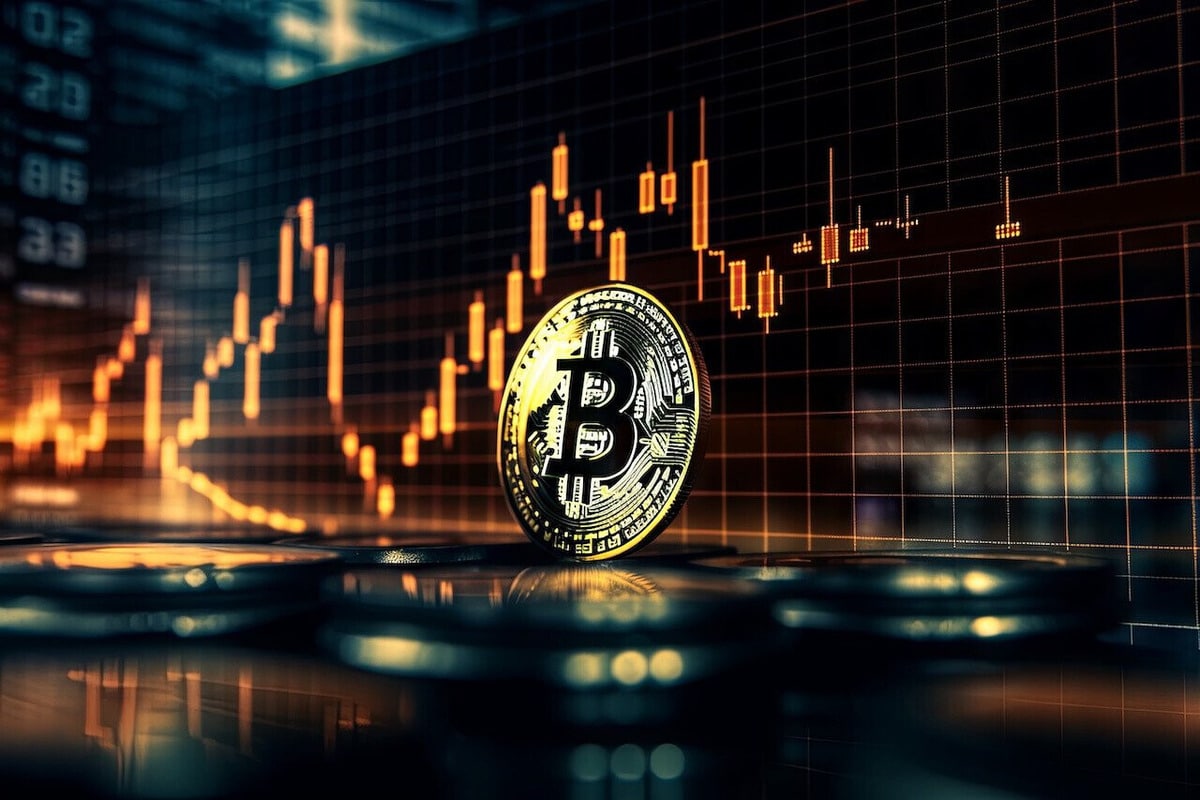The new situation of GMX V2 Increasing liquidity and the long-short imbalance of the GM pool under the influence of the Arbitrum STIP plan
GMX V2 Addressing Liquidity and Long-Short Imbalance in the GM Pool with the Implementation of the Arbitrum STIP PlanAuthor: Jiang Haibo, LianGuaiNews
GMX received 12 million ARB tokens in the Short-Term Incentive Program (STIP) on Arbitrum, which is the highest among all projects on Arbitrum. GMX claims that it will use this funding to support the mutual growth of V2 and the Arbitrum DeFi ecosystem. It has been almost 10 days since November 8th. How has this funding been spent and has it helped GMX achieve growth? One of the main goals of GMX V2 is to achieve a long-short balance through fee adjustments. Has this goal been achieved?
12 million ARB primarily incentivizes liquidity and trading on GMX V2
Starting from November 8th, the 12 million ARB tokens allocated to GMX under the STIP program will be distributed over a period of 12 weeks, with a certain amount of tokens allocated each week. This funding will be mainly used for the following purposes:
Incentivizing liquidity for the perpetual contracts and spot trading on GMX V2. Liquidity providers on GMX V2 can now receive additional ARB token rewards on top of transaction fees. 200,000 ARB will be allocated in the first week, and 300,000 ARB will be allocated in the second week. Some trading pairs can achieve up to 50% APR.
- Binance refutes SEC lawsuit point by point, how does the US SEC respond?
- In-depth Analysis of Modular Smart Contract Account Architecture and Challenges
- Cryptocurrency Market Weekly Summary (11.11-11.17) Continuous net inflow of funds, BTC ecosystem remains hot
Incentives of 350,000 ARB are set up for the transfer of liquidity from the GLP pool in GMX V1 to the GM pool in GMX V2. Users who withdraw GLP and purchase GM during the same period will receive fee subsidies.
Subsidizing transaction fees in GMX, reducing the average transaction fee to 0.02% to compete with centralized exchanges. Specifically, when opening and closing positions on GMX V2, traders can receive up to 75% of the transaction fees back in the form of ARB. The first phase of incentives will be 300,000 ARB.
Sponsoring projects developed on GMX V2 that have not received Arbitrum subsidies. These projects can apply for sponsorship from GMX, with a maximum allocation of 2 million ARB.
If before, GMX required traders to pay higher fees for slippage-free trading experience, with the ARB incentives, GMX can now compete with centralized exchanges in terms of fees while retaining its advantages. GMX V2 has higher capital efficiency, and after incentivizing the transfer of liquidity from V1 to V2, it may enhance GMX’s overall competitiveness. While incentivizing trades, the increase in trading volume will increase the income of liquidity providers and in turn, promote the increase in GMX’s liquidity, reducing the traders’ costs.
GMX V2 liquidity grows by 69.5%, but growth stagnates
As of November 17th, GMX’s Arbitrum incentives have been in place for almost 10 days, and the ARB rewards for the first week have been distributed through airdrop. Has this period increased GMX’s overall liquidity, open interest, and trading volume?
In terms of the total liquidity of GMX V1 and V2, the $528 million on November 17th increased by 6.45% compared to the $496 million on November 8th. The liquidity of GMX V1, currently $364 million, decreased by 9% compared to the $400 million on November 8th, maintaining a downward trend. The liquidity of GMX V2, currently $164 million, increased by 69.5% compared to the $96.77 million on November 8th.
Although the overall liquidity of GMX V1+V2 only increased by 6.45%, the growth of liquidity in GMX V2 is significant, and V2 has higher capital efficiency, so this incentive is still meaningful for GMX. But it should be noted that the growth of GMX V2 liquidity mainly occurred on the first day of the incentive, which is November 8th. The liquidity increased slightly on November 9th, but after that, the growth slowed down and even stagnated.

For open positions, it was $152 million on November 8th, increased to $182 million on November 13th, decreased to $137 million on November 17th, and even decreased to before the incentive began.

As for trading volume, during the days of the incentive, higher trading volume occurred during periods of greater volatility. The highest was on November 9th, with a volume of $555 million. The second highest was on November 16th, with a volume of $365 million. In recent days, the trading volume of V1 is still higher than V2.

Relatively speaking, trading volume and open positions are more susceptible to market conditions. The changes in liquidity reflect that GMX is developing in the right direction, but the growth only occurred in the first two days of the incentive.
Some GM pools still have a serious imbalance between long and short positions
The most criticized aspect of GMX V1 is the lack of measures to limit the disparity between long and short positions. When a trend-driven market comes, GLP may face higher risks. As of November 17th, this issue is still very serious. Currently, the long open positions of GMX V1 are $19.26 million, while the short positions are only $0.687 million, a disparity of nearly 30 times, and almost no one is shorting.

GMX V2 is trying to introduce arbitrageurs and balance long and short positions as much as possible by adjusting a series of fees, reducing the risks of liquidity providers. Did GMX V2 achieve this goal?
According to the data released by GMX, the total long open positions in GMX V2 are $51.66 million, and the short open positions are $28.67 million, still with a significant disparity. In GMX V2, each asset’s trading corresponds to a liquidity pool, and each asset needs to be discussed separately.
For assets such as SOL, DOGE, XRP, and others, long positions have reached their limit and no more long positions can be opened. Although the official data on the open interest for each asset has not been disclosed, it can be calculated based on the funding rate proportion and GM liquidity. For example, for XRP, the funding rate for long positions is -0.0045% per hour, and for short positions, it is 0.0199% per hour. Since the funding rate paid by long positions is allocated to short positions, it means that long positions are 4.42 times larger than short positions. Similarly, the long position for SOL can be calculated to be 2 times larger than the short position.

For the XRP/USD trading pair, the holding cost for long positions includes a funding fee of 0.0045% per hour (annualized at 39.42%) and a borrowing fee of 0.0037% per hour (annualized at 32.4%), while the profit that short positions can earn is a funding fee of 0.0199% per hour (annualized at 174%). Although there seems to be arbitrage opportunities, increasing the number of short positions will significantly decrease the revenue from funding fees. Additionally, over time, this data may rapidly change, and incurring funding fees and borrowing costs will also incur costs for opening and closing positions on centralized exchanges and GMX. These factors may prevent GMX V2 from achieving the desired long-short balance.
Although the liquidity and collateral for trading pairs such as XRP/USD are ETH/USDC, liquidity providers still face high risks when there is a significant imbalance in long-short ratios and market volatility.
Summary
About 10 days into the incentive plan for Arbitrum on GMX, overall, the plan has indeed helped achieve a 69.5% growth in liquidity for GMX V2, but for now, the growth does not seem to be sustainable. Data such as open interest and trading volume may change more with market fluctuations and have not shown significant growth.
At the same time, various GM pools on GMX V2 are facing an imbalance in long-short ratios. Although some GM pools offer around 50% APR and provide liquidity in the form of ETH and USDC, the trades are made with more volatile altcoins such as DOGE, XRP, LTC, etc. This poses higher risks for these liquidity providers.
We will continue to update Blocking; if you have any questions or suggestions, please contact us!
Was this article helpful?
93 out of 132 found this helpful
Related articles
- Weekly Preview | Blur may initiate the second season airdrop; Avalanche (AVAX) will unlock tokens worth nearly $200 million on November 24th
- a16z’s in-depth analysis of the current development, business boundaries, and regulatory innovations of Web3
- Is it really feasible for Polkadot to explore reducing inflation?
- CEO suddenly exits, where is OpenAI heading?
- In-depth analysis of the core mechanism of Celestia Under the modular trend, what should the estimated TIA be?
- NFT & ERC-6551 The Resurgence of a New Star
- Disney and Dapper Labs: Not Quite Partners, But Still Collaborators






